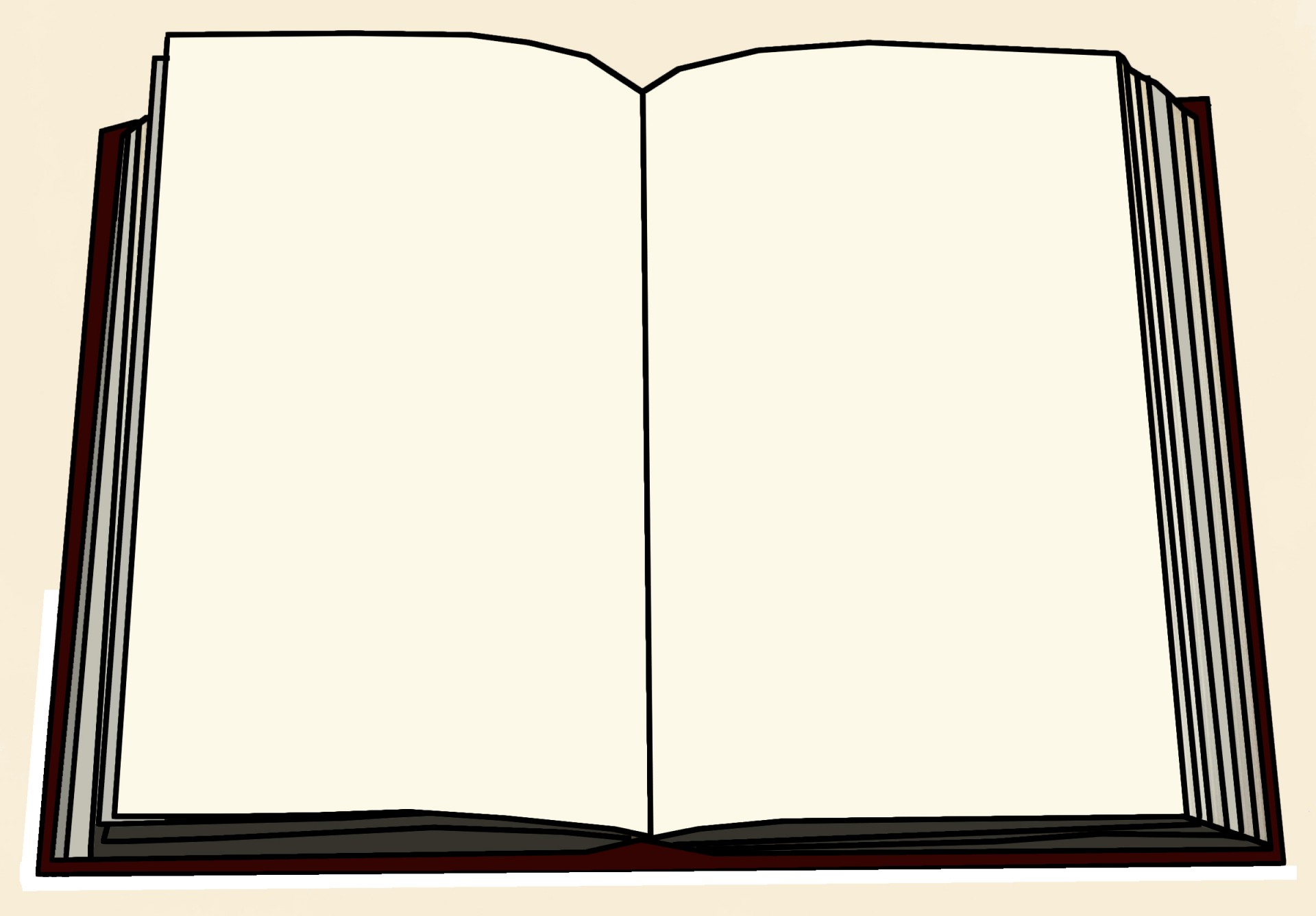Helping Young Writers Discover The Words They Need To Begin
The writer sits down to face the blank page, only to be greeted by the dazzling whiteness of the paper. The pen is tightly gripped as the writer stares at the empty page. There is hope that time will deliver the wondrous words desperately sought. The empty lines beckon. How to begin?
'I know what I want to write about, but I don't know how to start.'
We need to recognize that it is at this point we can provide meaningful support to allay such writing anxieties.
Teaching students how to think of something to write, provides a way forward. This prewriting stage is the time for students to think and develop ideas- to find the words they need to move forward. It is a time for each writer to identify their respective writing pathways using such strategies as brainstorming, mapping, talking, reading and drawing. This is the writer's launching pad.
It is during the prewriting period of the writer’s workshop where teachers can provide much needed support to prepare students for the writing to follow.
Consider the following actions:
Allow time for talk. This will enable students to articulate and refine their writing intentions. It will allow them thinking time and an opportunity to rehearse their initial words. Talk provides a vital conduit to the page.
Allow beginning and developing writers to speak the words of their opening lines to a partner as a means of finding their ‘voice.’ Telling a 'story' before actually writing clarifies events and shines a light on what is important. It is rehearsal and needs to be embraced.
For some students, it may help if they draw/illustrate prior to writing. Some students are more able to write after they have drawn a picture or a map. Without the drawing activity, they may have limited words to describe what actually took place.
By reading a text, and relating the reading to their writing, ideas begin to flow as connections are made to a time and place similar to the situation depicted. The student may relate to the character in the story, or know someone with similar characteristics. Reading engages student and gets them thinking. They may wish to imitate the writing style of another author. They may choose to adopt the structure of the language even though they are writing about a different type of event.
Teach them about the various types of leads or introductions that are available to them. Encourage them to collect great examples of leads as a stimulus to their own writing. Other writers leads are like keys to the writing world.
Students can brainstorm a random list of topic related ideas in small groups, alone, or with the whole class. Brainstorming is a thinking strategy that needs regular practice to realize its potential. Opportunities to develop such thinking should not be confined to merely generating writing ideas alone. Brainstorming assists thinking across all curriculum areas.
Mapping or clustering is a more organized way of harvesting ideas related to the theme or topic under consideration by the writer. The student thinks of ideas that are associated with the topic. Each idea is linked to the main idea with arrows. Single words and phrases can be gathered to get ideas flowing. Generating lists is also available as a prelude to writing- a great thinking strategy.
Each of these ideas can be used to prepare students for meeting the challenge of the blank page. Whilst it may be far more expedient to merely provide students with formulaic writing prompts and sentence starters, -this only entrenches dependency. Teaching students how to ‘think’ for themselves is a skill for life, not just writing.
When thinking is fostered, the learner is set up to be successful. Under such conditions the young writer is more likely to discover the essence of what they are wanting to say. When young writers begin to use these strategies independently, we no longer hear the mournful cry –'I don’t know how to begin.'
Writing is a problem solving activity.








Comments
Post a Comment